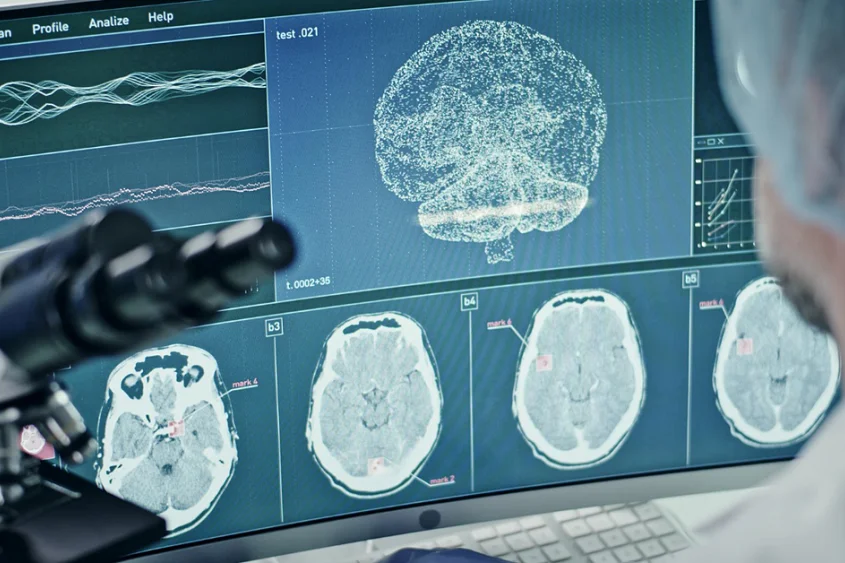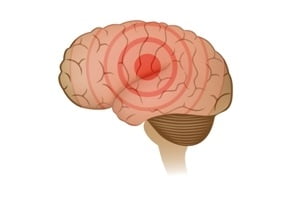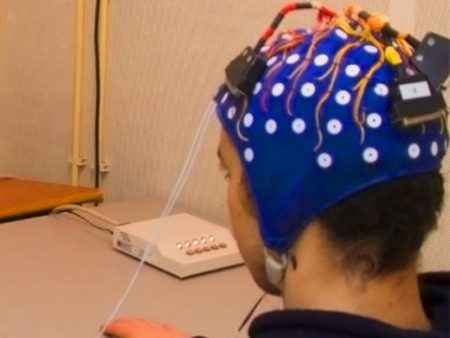Pathophysiology of Epilepsy
- Updated on: Jul 13, 2024
- 2 min Read
- Published on Apr 19, 2021

Epilepsy is a brain disorder characterized by a predisposition to generate recurring epileptic seizures. A seizure is the clinical manifestation of epilepsy. They occur due to excessive firing of the neurons and fast electrical activity in the brain. Read about the basics of epilepsy.
Transmission of impulses
There are two types of transmission of impulses – excitatory and inhibitory. Excitatory transmission involves Glutamate and it is the principal excitatory neurotransmitter in the brain. GABA or Gamma amino butyric acid is the principal inhibitory neurotransmitter in the brain.
Epilepsy Pathophysiology
The pathophysiology of epilepsy is considered as a shift in the balance between the inhibitory (γ-aminobutyric acid (GABA)) and the excitatory (glutamate) neurotransmissions, favoring the latter – glutamate. This shift occurs due to both selective loss of inhibitory GABA-ergic neurons after precipitating epileptogenic insults and the reorganization of neuronal circuits that favor hypersynchrony of neuronal populations.
Mechanism of seizure formation
Seizures occur due to:
- Excitation of a group of nerves causes the formation of seizures. This is caused by inward currents of Na, Ca and an involvement of excitatory neurotransmitters such as Glutamate and Aspartate.
- Too little inhibition
- Epileptogenesis and hyperexcitability and hypersynchronization of neurons that facilitates spread of the impulses.
A seizure occurs when there is a sudden imbalance between the excitatory and inhibitory forces within the network of neurons in favor of a sudden excitation.
Our brain is involved in every function of the body, including higher cortical functions. If the cortical network that is affected as a result of the epilepsy and seizures is in the visual cortex, the result is manifested as visual phenomena. If other areas of the primary cortex are affected, it gives rise to sensory or motor manifestations.
The pathophysiology of focal-onset seizures is considered different from the mechanism of generalized-onset seizures.
EEG can be used to make a diagnosis of epilepsy, seizures, changed consciousness etc. EEGs show the output as wave forms which are interpreted by doctors to infer the results.
Most anti-epileptic medicines exhibit their anti-epileptic properties through a few neurochemical mechanisms only that are basic pathophysiological mechanisms considered to cause seizures. More research is needed to understand the phenomena better and come up with newer options of treatment of epilepsy.
Recent findings
According to a study published in Acta Neurologica Belgica, gene defects underlying four monogenic epilepsies (generalized epilepsy with febrile seizures, autosomal dominant nocturnal frontal lobe epilepsy, benign familial neonatal convulsions and episodic ataxia type 1 with partial seizures) have been identified. This sheds new light on the pathophysiology of epilepsy because these diseases are caused by ion channel mutations.











